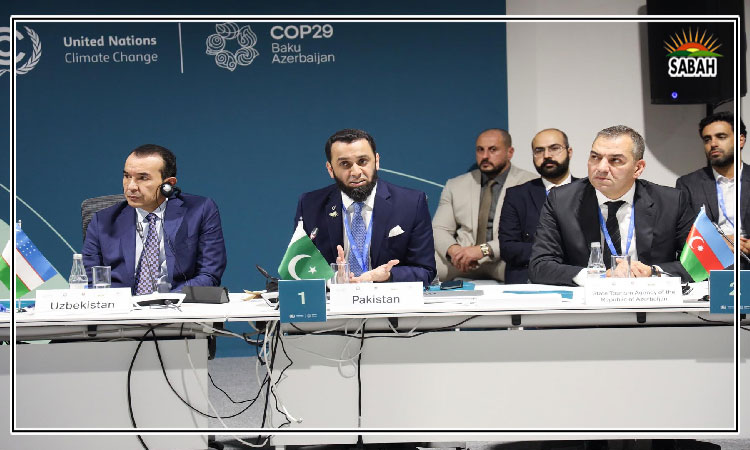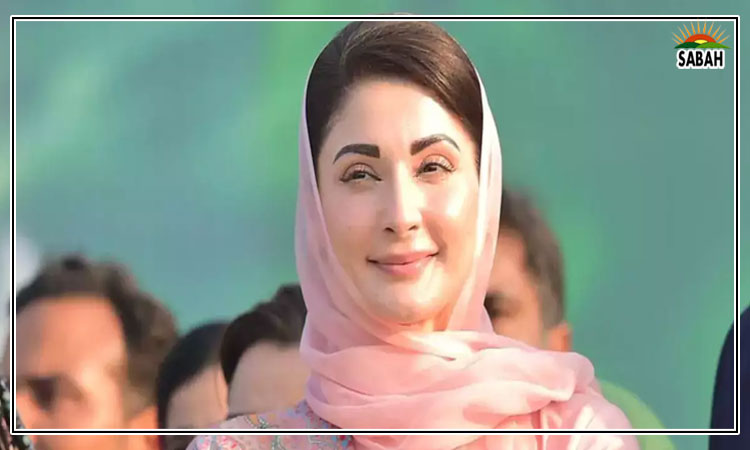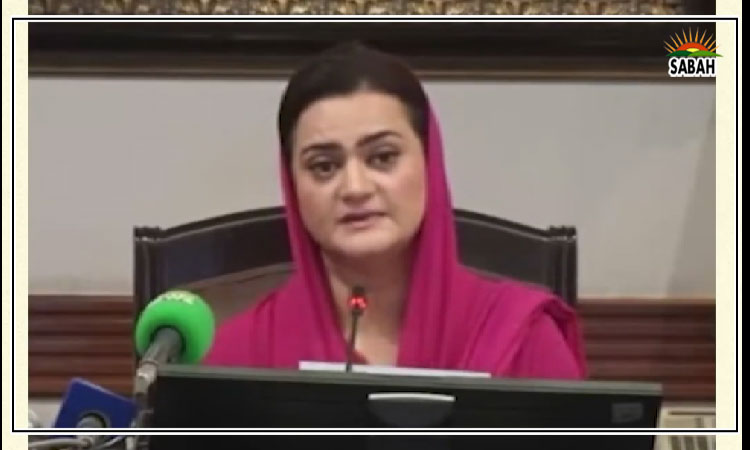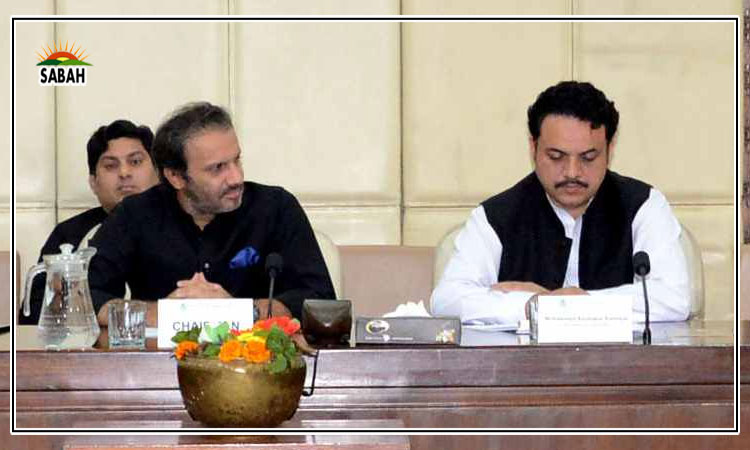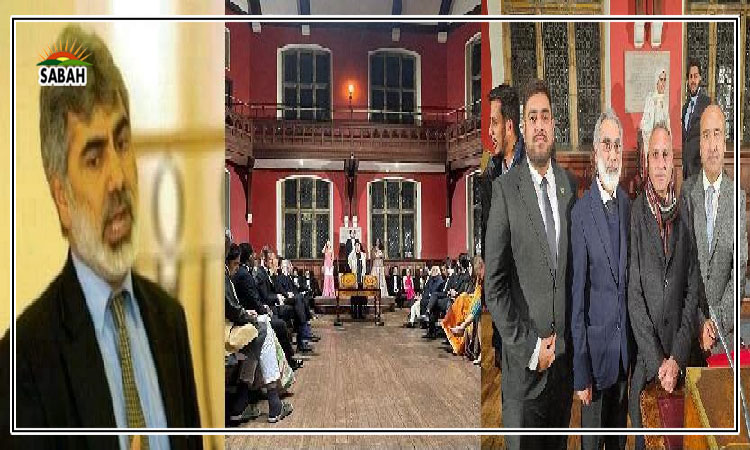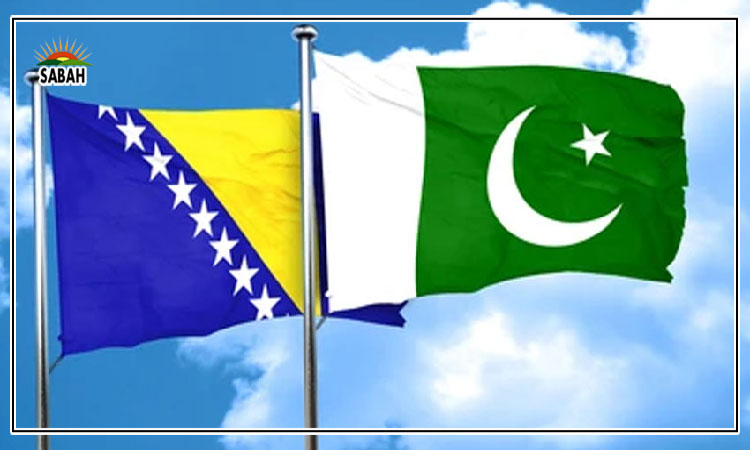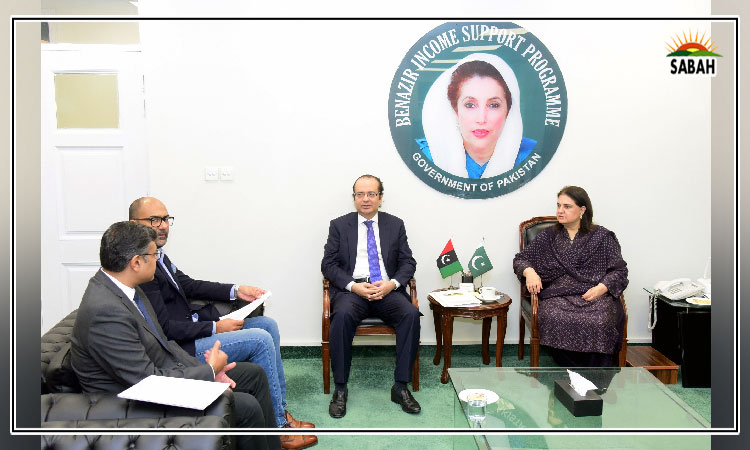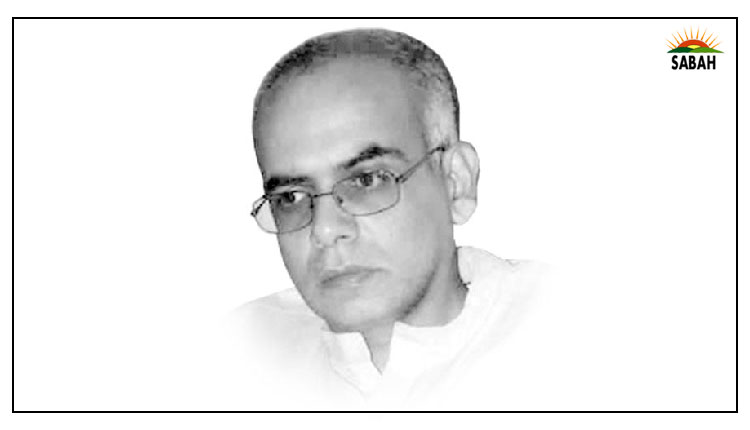A dangerous deflection…Syed Mohammad Ali
Prime Minister Narendra Modi has carefully curated an image of a rising and shining India, with a robust and growing market of increasingly prosperous consumers. This image seems to have impressed many powerful leaders of the world, who recently hobnobbed with the problematic Indian leader during the G20 summit hosted on Indian soil.
India has boasted of an impressive 7.8% GDP growth rate in the second quarter of the current year, which seems to suggest that it is the fastest growing major economy in the world today. Yet, there is an increasing body of research which indicates that not only is Indas growth rate much lower, but that Indian officials may purposively be downplaying problematic economic stresses, as well as the desperate situation of its burgeoning masses.
According to the World Bank, GDP growth in India has been slowing down from 2017. Inflation has also been on the rise. The Center for Monitoring the Indian Economy has noted that Indias labour participation rate has fallen to around 39% in the current financial year. Millions upon millions of people are thus unemployed in the country. Even Shahi Tharoor, the Congress politician and statesman, has recently asserted that India under Modis leadership has failed to become an economic powerhouse.
India is also facing a major inequality crisis which makes it one of the most unequal societies in the world. According to Oxfam, the top 10% of Indias population possess around 77% of the nations wealth. Moreover, over 40% of wealth generated in the country between 2012 and 2021 went to the richest 1% of the population. On the other hand, only 3% of wealth trickled down to 50% of the countrys poor population. Arundati Roy aptly describes India as a rich country with very poor people.
Modis economic vision known as the Gujarat model of development promotes an exclusionary economic growth model alongside a more expansive ethno-majoritarianism that has created a tyranny of the majority. Ethno-majoritarianism is not only an election winning strategy, but it is also being used to provide a sense of solace to those who have not seen the benefits of Indias growth trickle down to them. It is thus not surprising that this violent form of Hindu nationalism is funded by powerful corporate interests. The corporate funded India nationalist agenda also helps deflect blame from those in positions of power and funnels indignation towards religious, tribal and other ethnic minorities who are portrayed as being the enemies of India and impediments to its increased progress.
During the two consecutive terms of the Modi government, his Gujarati financier Gautam Adani has become one of the richest men in the world. Adani is estimated to have made $72 billion in 2022 alone. His conglomerate now operates around a dozen Indian shipping ports, several airports and major power plants. Adanis rise in fortune has also made the BJP by far the richest political party in the country, according to the countrys own election commission. Back in 2016, the BJP had introduced use of electoral bonds which enable corporations to fund political parties without revealing their identities, which has enabled many other powerful corporate interests to invest in Modis top-down economic growth model.
India has been planning to harness its demographic dividend, given that the median age of its youthful population is 28. As two-thirds of Indians are of a working age, they could easily look after the unproductive segment of their own country and produce significant surplus at the same time. However, unless the country enables more inclusive growth, it runs the risk of a growing mass of young, poorly educated, unemployed and angry people who have been brainwashed to blame minorities, especially Muslims, and this could turn into a nightmare scenario that entities such as Genocide Watch have been warning about.
Courtesy The Express Tribune


